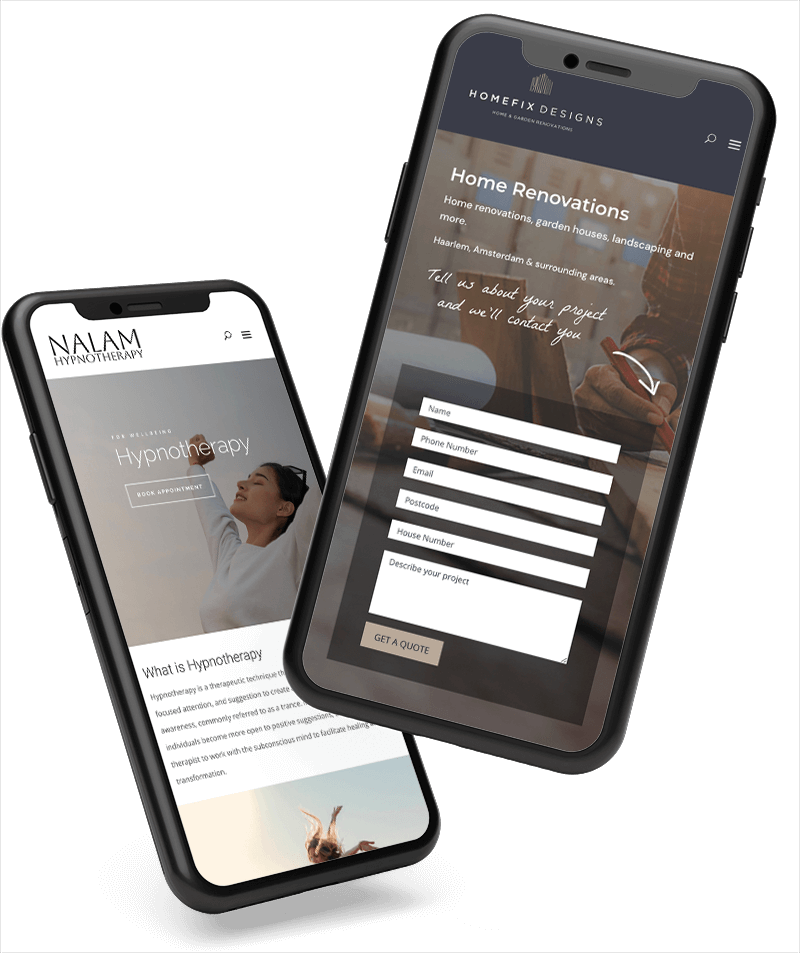The digital world has brought us amazing developments such as 3D printing. It’s the closest to teleporting that we’ll get in our lifetimes and while we can’t yet say ‘beam me up Scotty’ and arrive on a different planet, we can already input data at a terminal in London and print say, a heart pacemaker, from a printer in Nairobi.
But it’s also brought online retailers face-to-face with a problem that engineers have long experienced. Signal-to-noise ratio. Strictly speaking, this the strength of an electrical signal carrying information relative to that of unwanted interference. Informally we use it for any situation when we want to estimate how much useful information there is in any system as a proportion of its entire contents.
If you’ve thrown everything but the kitchen sink at your online customers in the hope they will find what they need, you may need help to plan a site that encourages your customers to buy, not to get lost in endless ‘choices’ that actually turn them off and send them to a site they find easier to purchase from.
An example: too many colour shade names
It’s my contention that too many ecommerce sites have a really awful signal-to-noise ratio. Here’s one example of how we reduced the amount of colours on a website by grouping fancy colour names into plain colour groups. This particular client has products in 26 different shades of grey and the filter on one category was showing 6 shades of grey instead of 1. By grouping the colours we are making the customer shopping experience so much easier and enjoyable.

This is something that we see all too often in web development – and while it’s natural to want to give your customers every possible purchase opportunity, it’s a failure of understanding to leave it up to them to work out how to make good choices. Basically put, far too many retail websites are a jumble of every possible option, in every possible permutation, without any real guidance to the customer to help them make good choices easily. And making it easy for your customers to choose is one of the most important things you need to take care of on your ecommerce website.
Avoiding the noise, amplifying the signal
But neither am I advocating the Henry Ford approach, ‘you can have any color your like as long as it’s black’. The whole point of online commerce is that retailers can warehouse their goods in a cost-effective location, but still display them online in an attractive manner and then get them to the client rapidly. Reducing your offering probably isn’t the best solution to the choice problem. Instead you need a well-organised, well-designed website that makes is easy for your customers to see the options without feeling overwhelmed by them. Even more important is an often neglected factor – the funnelling of browsing visitors into actual purchase should be your priority, not an afterthought.
The infamous funnel and what it means for your ecommerce site
Let’s begin by looking at conversion rates, which sadly, are one of the driest areas of ecommerce. A couple of simple facts might help reveal why this is so important:
The average conversion rate for retail websites is 3%1, although some put it as low as 1.6%2 – but the same rate for financial services sites is 10% and for education and higher learning it’s 8%. Now it’s beyond the scope of a single LinkedIn article to explore many of the issues that might lead to these different conversion rates such as customer motivation, algorithms and advertising strategies, but one subject we can probably nail down in a single post is conversion versus confusion and why so many business owners end up perplexing their potential customers.
The conversion funnel generally has four areas, which shrink as they go down. Awareness, interest, desire, action. Your only aim, as an ecommerce retailer should be to move as many people as possible from awareness to action (that’s where they buy something from you, which is what you want) but all too often e-retailers get stuck in the interest or desire areas of the funnel themselves, let alone abandoning their customers there!
So if you’re focussed on the interest area of ecommerce, you’re probably trying to inform your customer base that you’ve got something unique to sell, or that you’re approaching retail in a unique way – that’s the Apple way of selling and it works very well for them, obviously. But too much attention to ‘interest’ means you end up educating and informing your customers but not enough time getting them to buy3. You may also end up being a ‘dream’ purchase – they like your ideas and your offering but they’ll still choose to buy something more mainstream, based on price or other criteria that lead them to back to familiar purchase patterns.
Are you overwhelming your customers?
A bigger risk is getting stuck in desire. For a retailer this often begins with their own desire to offer their customers every possible choice – the 26 shades of grey. But for customers this is confusing and exhausting:
- Should they choose nickel or titanium – or would steel be a better metal … and if so, isn’t stainless steel going to look better than just plain steel?
- Why are there two graphites with two different numbers?
- Is silver and beech actually grey – shouldn’t that be in the browns section? And if so, maybe they should be checking out greyish browns, rather than looking at brownish greys …
And by this time most customers will have left your site and gone to get a cup of coffee. When they come back, the last retailer they’ll be interested in is you, because you didn’t just turn them off your own products, you gave them the impression that wanting to purchase whatever it was that they were searching for is painful, demanding and time-consuming. They didn’t just leave your funnel, they probably filled it with the cement that is #5 on the 26 Shades of Grey list and then stuck a sign in it saying ‘danger – do not enter’.
How can you improve the shopping experience?
The most frustrating thing of all, from a website design point of view, is that all this is completely avoidable. For example, creating a palette of colours – one side complementary, one side contrasting, that fans out on either side of any potential purchase gives customers a clear vision of their potential purchase. If you can see an anthracite object with silver, plum and charcoal highlights on one side, and mango, russet and lemon on the other, you, as a buyer, are much more likely to move down that funnel. Another, more sophisticated, way of handling the movement from desire to action when you have a lot of options is to give your customers a product preview where they can see their T-shirt with three different necklines or their new car with four trim options.
There are plenty of other solutions that make choice into a buying impulse not a confusing distraction – all you need is a website design company that really understands the need to make choice work for you, not against you.
Are you overwhelming your customers? Call us to see if this is a problem on your website. We’ll tell you if you can achieve more sales out of the same amount of website visitors you currently have.
Data sources: 1. smartinsights.com/ecommerce/ecommerce-analytics/ecommerce-conversion-rates/ 2. E-commerce websites average 1.6% conversion (Wolfgang Digital’s 2017 E-Commerce Benchmark KPI Study) 3. For every $92 spent acquiring customers, only $1 is spent converting them. (Econsultancy, 2016)



0 Comments